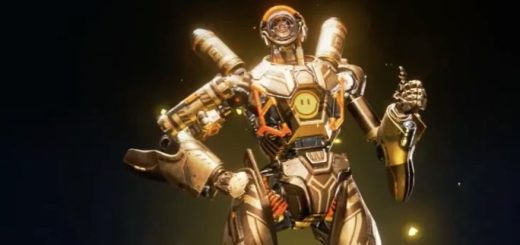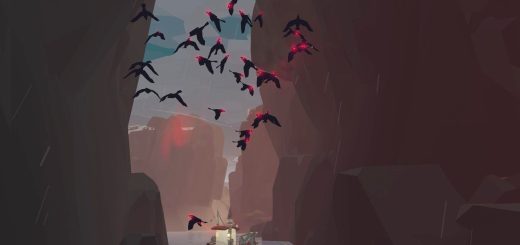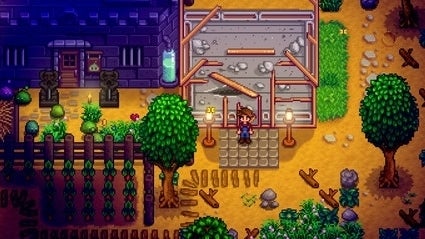Life is Strange creators discuss leaving their hit narrative adventure series behind, building on it with Lost Records
The team behind Life is Strange are no strangers to parallel timelines. Don’t Nod’s original narrative adventure ended with a binary choice – you could save the life of your closest companion, or doom them to protect the town you both grew up in. It was a decision that rippled through the stories of subsequent sequels, and remains an emotional peak the franchise has since struggled to surpass. Now, after years of silence, the team behind that ending are finally back with a new game – Lost Records: Bloom & Rage – ready to talk about why their time working on Life is Strange ended.
Much has changed for Don’t Nod over the past decade, with the original Life is Strange team now an ocean away and under a brand new roof at the recently-established Don’t Nod Montreal. Their time with Life is Strange is long over, following the conclusion of Life is Strange 2 at the end of 2019. Just over a year later, Eurogamer reported that Deck Nine Games, developer of the excellent Life is Strange prequel Before the Storm, was now the series’ main developer – and it was indeed this studio that made 2021’s enjoyable Life is Strange: True Colors.
“We really love what we did on Life is Strange and Life is Strange 2 but, as you know, the IP is owned by Square Enix, and at a point, we can only do what they want to do with the franchise,” Don’t Nod studio creative director and game director Michel Koch told me of the split between Don’t Nod and the franchise they created. “We worked with them as the publisher, we sold them the franchise when we created it, and now they own it and decide how it evolves and where it goes.”
If there were bad feelings here, there’s no sign of them now. The break came at a natural point, Don’t Nod says, and had advantages for the company – which itself was getting into publishing games. Suddenly, the need for a publisher like Square Enix was no longer necessary. Koch now describes their split Life is Strange as an “opportunity… a way for us to start on something new that we could still own creatively, that Don’t Nod could publish, and where we as creators could really enjoy and have a kind of sandbox to work on something new, that we could really foresee and decide how we could make it evolve.”
“I would have maybe loved to think of what could have been.”
The timing of the split may not have been long planned, but the move for Koch’s team out of Don’t Nod’s Parisian mothership – where other teams work on unrelated projects – to a specific studio of their own had previously been considered. “The Montreal adventure is something we’ve thought about for a while,” said Luc Baghadoust, Don’t Nod Montreal’s studio executive producer and another Life is Strange veteran. “It’s been maybe around 10 years, I remember discussing this with Oskar [Guilbert, Don’t Nod’s overall CEO]. The right moment was after Life is Strange 2, when we wrapped up that project. It was the right moment for Don’t Nod, for the HQ and for us.”
Still, though, did the team ever wonder about that other narrative path – where they were working on Life is Strange still? “I don’t think there’s that much mixed feelings,” Koch says. “I mean, as a creator you sometimes would love to… in another universe, I would have maybe loved to think of what could have been, all these other games in the Life is Strange universe. But it’s also good to see what other creators have come up with for the characters, in the comic book series, or the new characters and stories developed for Life is Strange: True Colors, which I played and really enjoyed.”
Set to launch later this year, Don’t Nod Montreal’s new narrative adventure game Lost Records: Bloom & Rage is centred around four teenage girls in 1990s, with a second timeline following their adult lives in the present day. Clearly, Lost Records shares plenty of Life is Strange’s DNA, with a focus on young adult friendships and a similar dose of magical realism. There’s also, this time around, a plan for the series and its characters to continue – something the original Life is Strange ending was not written with in mind.
“We already know where we could go in the future…”
“It’s an adventure game,” Koch says, “so you have the staples of the genre we had before with choices, dialogue options, environmental storytelling and exploration. You will feel at home with that.” That said, Koch acknowledges it’s also been “several years” since their last game – and his team is keen to have not let the grass grow under their feet. “How can we make the player have agency in a different ways? How can we improve interactivity? How can we invent new dialogue systems or ways for players to interact with the game?” For now, the answers to those questions lie under wraps – though it’s reassuring to hear these are questions being considered.
“With this game we’re also setting up the cornerstones of, maybe, something bigger where we can directly write those characters in a way where we know we can bring them back, where we can have other stories with those characters, with the world and universe we’re creating,” Koch said. “We already know where we could go in the future to tell other stories within the same setting and the same set of characters in the future – if things go well.”


